Solid gold samples have been superheated to more than 14 times the material’s melting point without losing their crystalline structure. The researchers behind the work say that the experiments suggest that, as long as a material is heated fast enough, there may potentially be no limit to how high a solid sample can be superheated before it loses its structure.
For decades, scientists thought it was impossible to heat solid materials to more than three times their melting point.
‘Back in the 1940s and 1980s, there were a series of papers asking the question: “How hot can you heat something before it melts?”’ explains Thomas White, a physicist at the University of Nevada in the US, who led the project. ‘In the 1980s, [Hans] Fecht and [William] Johnson proposed this ultimate limit of superheating, which is that you can never heat anything up to more than three times the melt temperature – they called this the entropy catastrophe.’
‘If you go beyond that point, you create a state of matter that just cannot exist,’ adds White. ‘The simple way of thinking about it is that you would have a crystal or a solid that is more disordered than liquid.’
Beyond the entropy catastrophe threshold
However, exploring this theoretical upper temperature limit has, until now, been extremely challenging due to intermediate destabilising events – colloquially known as the hierarchy of catastrophes – that occur at far lower temperatures, typically resulting in the material melting before the threshold is reached.
In their experiment, White and his team used high energy, highly focused lasers to rapidly heat 50-nanometre thick gold films. This fast heating rate meant that they bypassed these destabilising processes, enabling them to show that the metal could reach over 14 times its melting point without changing state and losing its crystalline structure.
‘What we’ve done in our experiment is heat this gold up so rapidly that it doesn’t have time to expand. If you heat it up faster than that expansion then you redo this entropy calculation, you find that the lines don’t cross anymore. We’re not breaking any laws of physics, we’re just able to heat far beyond this three times the melt temperature.’
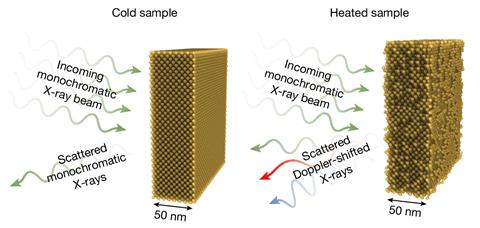
White explains that while this level of superheating may have been done before, measuring these upper temperature limits has been a long-standing challenge. However, the team was able to overcome this by using a technique called inelastic x-ray scattering, in which the atoms or molecules in a sample absorb photons from an x-ray laser and re-emit photons of a different frequency.
‘This is a very cool, 3km-long x-ray laser,’ he says. ‘We were able to scatter the x-rays off the atoms as they move, and measure that Doppler shift, just to get the atom velocities and relate that to temperature.’
‘Technically, it’s quite a hard experiment and one of the reasons is that we don’t get much scattering from the sample. One way to increase the scattering is to use a higher atomic number element. Gold is a pretty high atomic number element, so it makes the experiment, technically quite easy.’
However, White and his team didn’t originally set out to investigate entropy catastrophe or superheating in gold at all. ‘We wanted to look at the rate at which it heated, that was what we were focusing on,’ he explains. ‘And after the experiment, we were looking at this temperature rise in the gold … and somebody just said, “Wait a minute, that’s really hot. Is that real? Is it really that hot?” It got to 19,000 Kelvin before it melted – that is really hot, but I didn’t know if it meant anything.’
‘Now we have this temperature diagnostic, we can investigate a whole range of interesting materials,’ adds White. ‘And so just last week, we did the experiment on compressed hot iron and conditions that you find inside planets. That’s pretty exciting for us.’
Martin Thuo, an expert in materials science and engineering at North Carolina State University in the US, told Chemistry World the method could be ‘very revolutionary’ but there are still some unanswered questions. ‘To be able to superheat any object to this extent is amazing. What is however missing is an understanding of “why”– what is the driving force?’ he says.
Thuo adds that he had some concerns about how the temperature was measured. ‘I don’t see any corrections for surface mobility or plasmonic transfer of incident light along the surface,’ he explains.
‘In the [experiment], the entropy of the ‘solid’ gold film would be way past the entropy catastrophe point proposed by [Robert] Cahn. However, this was not measured so I hope the study can be validated as this is a whole new area in the gold energy landscape.’
References
T G White et al, Nature, 2025, DOI: 10.1038/s41586-025-09253-y


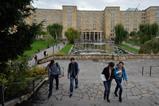


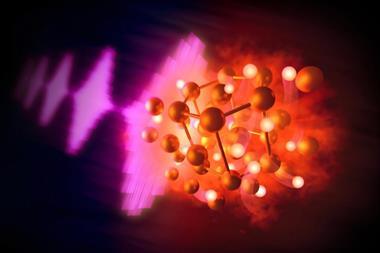
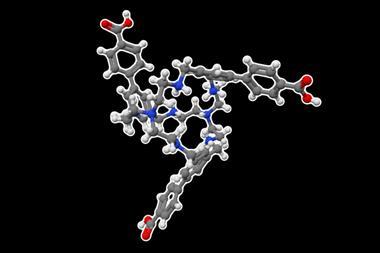
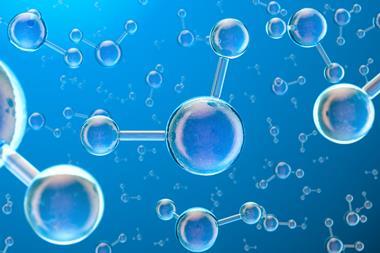
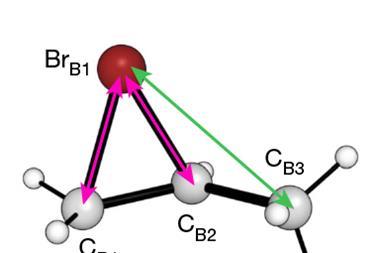

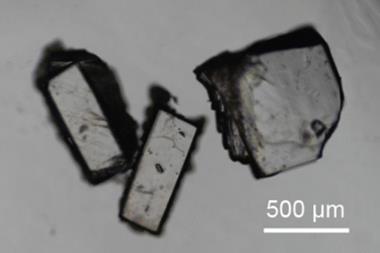


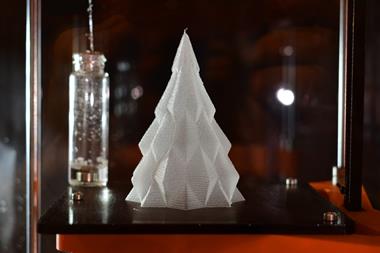

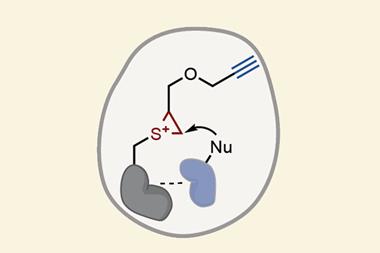

No comments yet